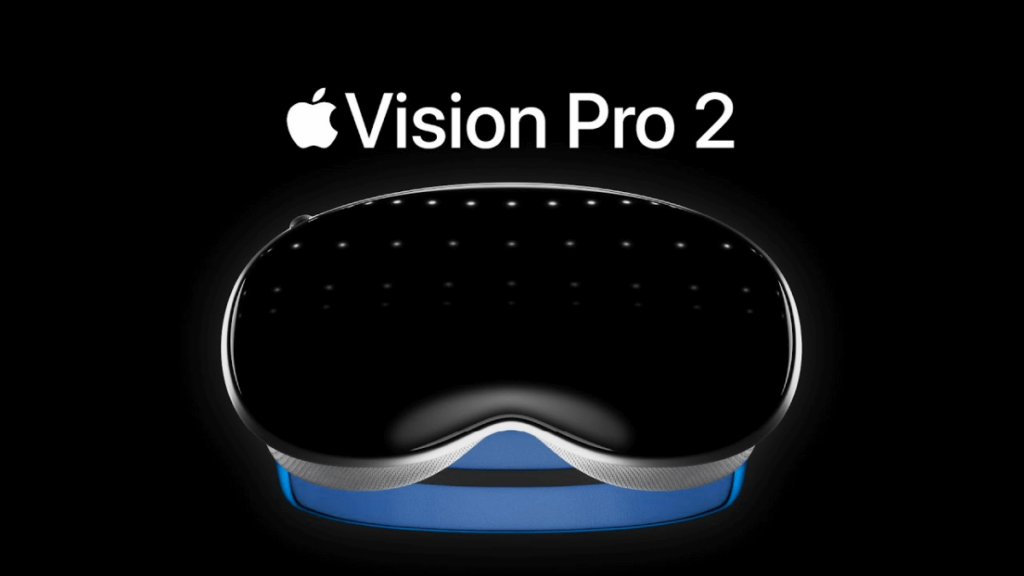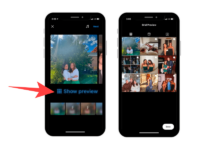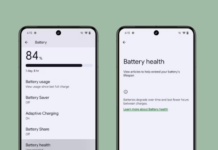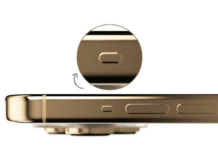Apple Vision Pro, an upcoming mixed-reality headset developed by Apple, was announced at Apple’s Worldwide Developers Conference (WWDC) on June 5, 2023. Its release date is scheduled for early 2024 in the United States and later that year globally.
Apple Vision Pro 2 Redesigned To Be More Lighter & Smaller
While Apple’s highly anticipated Vision Pro brags about a range of impressive features, the device has already encountered two problems during its early testing: weight and size, causing neck strain among users.
In his latest weekly Power On newsletter, Bloomberg’s Mark Gurman wrote that Apple engineers have already started working to solve the above issues in its next iteration of the Vision Pro, Apple Vision Pro 2, with the primary focus on making its device more comfortable to wear during extended usage by opting for a lighter and smaller design.
“Work on the next Vision Pro remains early, but the company is hoping to make the device lighter and at least slightly smaller. It currently weighs about a pound, and testing has shown that it can feel too heavy for some users — even in short stretches,” Gurman’s report stated.
As far as the weight and size issue is concerned on the first-generation Vision Pro, Apple may address it by introducing an over-the-head strap, adds Gurman.
The Cupertino-based tech giant is also looking to simplify the headset for people who wear prescription glasses. Apparently, during the development of the first model of Vision Pro, Apple decided to trim down the device by excluding room for prescription eyeglasses.
The current model cannot be used with glasses. This has prompted Apple to collaborate with Zeiss to create prescription lenses that users will have to purchase with the first-generation headset. These lenses can magnetically attach to the Vision Pro’s displays.
As a result, Apple is looking to streamline the whole process by shipping customized Vision Pros with pre-installed prescription lenses. However, Gurman notes that this approach could present challenges, especially when the headset needs to be shared between two people with different prescription glasses. Also, issues may arise while reselling the device or when the user’s vision prescription changes over time.
A possible long-term solution to these problems would be the shifting from mixed reality to standalone augmented reality (AR) spectacles, as information could be overlaid on clear lenses rather than depending on bulky passthrough cameras and VR screens.
“It’s a bit counterintuitive on the surface, but lightweight AR glasses would make for a superior experience compared with mixing both AR and VR,” adds Gurman.
Meanwhile, Apple had temporarily stalled the development project for AR glasses last year due to technological limitations, which Gurman believes could likely be restarted in the future depending on the Vision Pro’s success.



